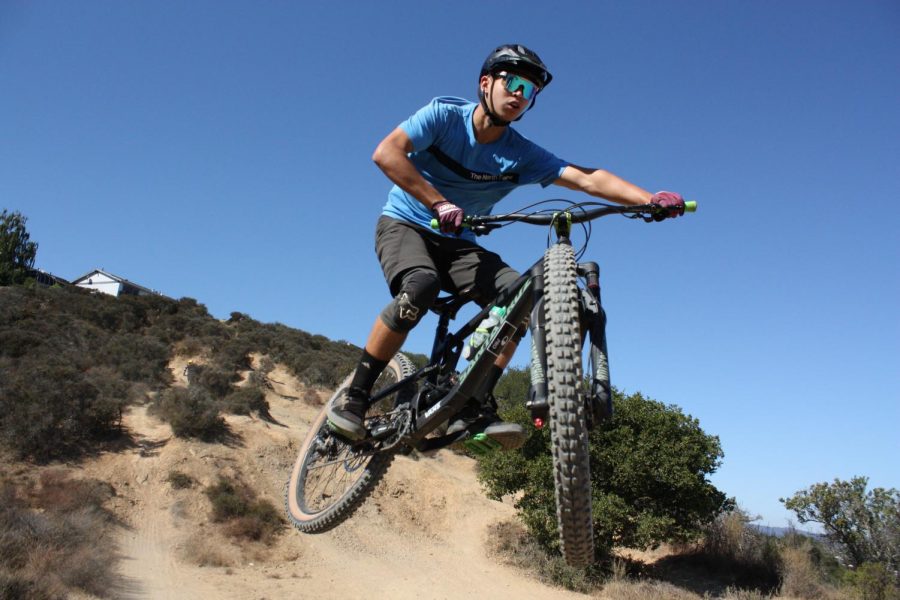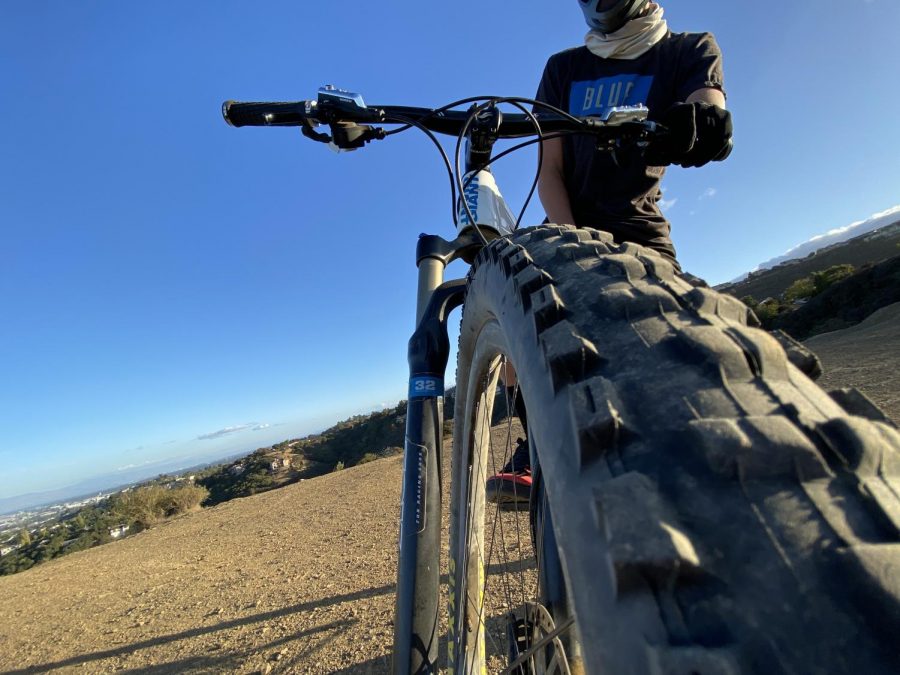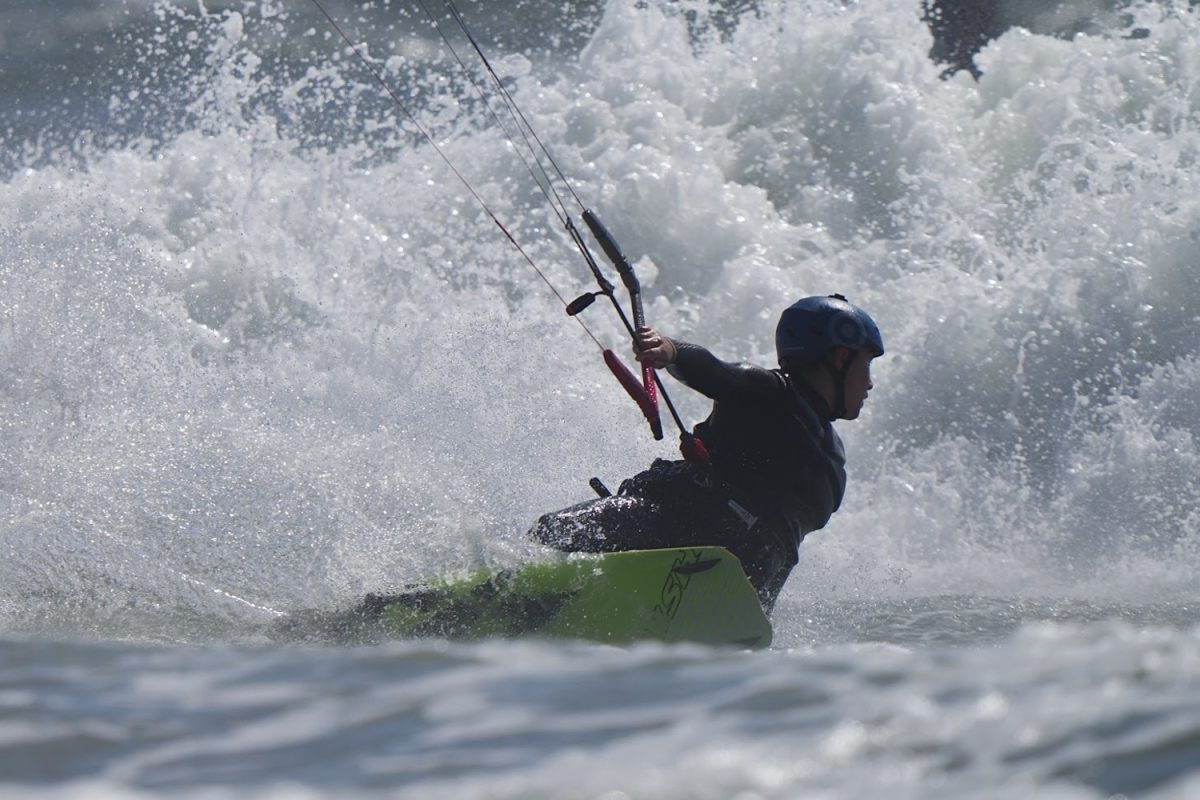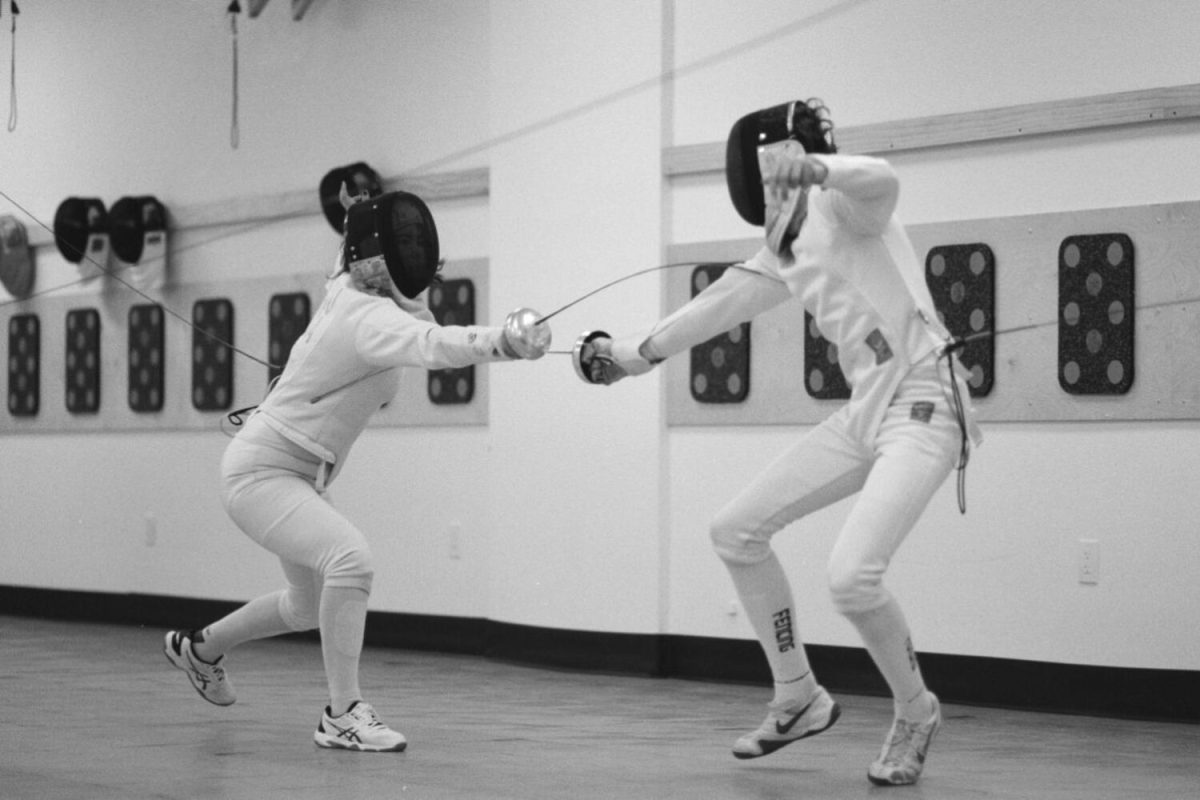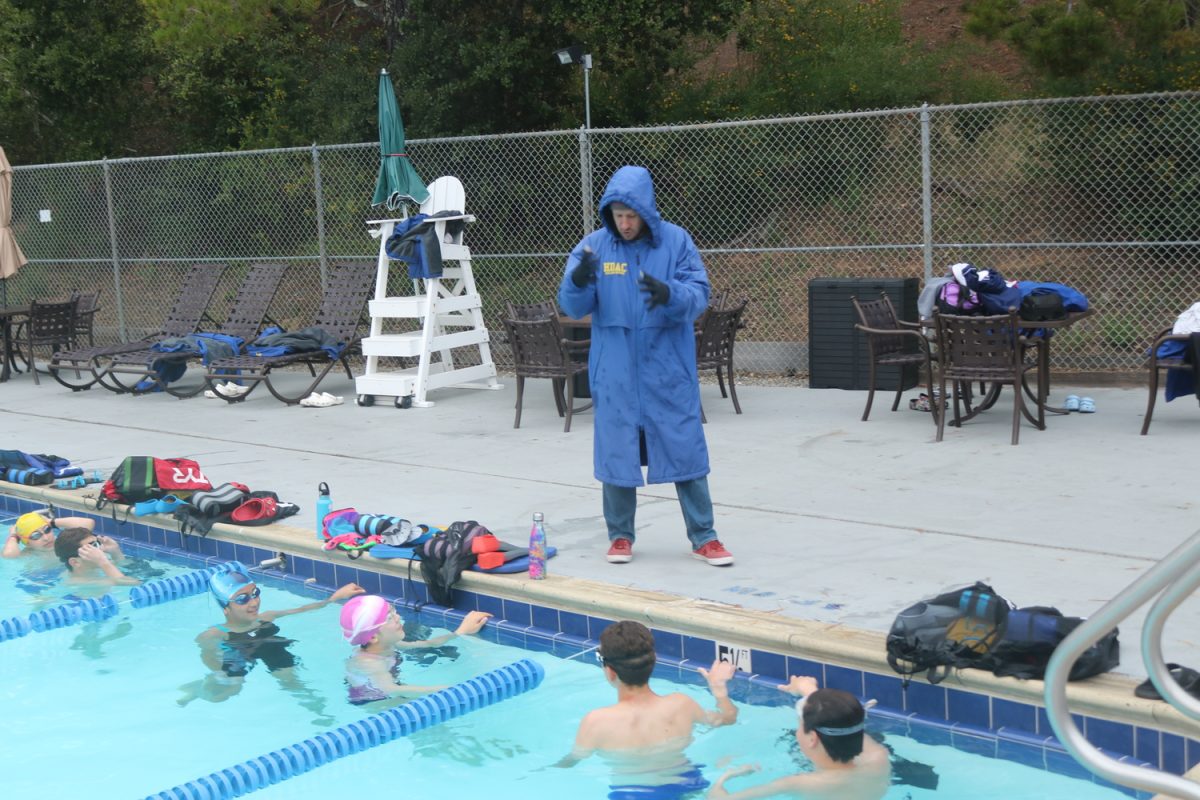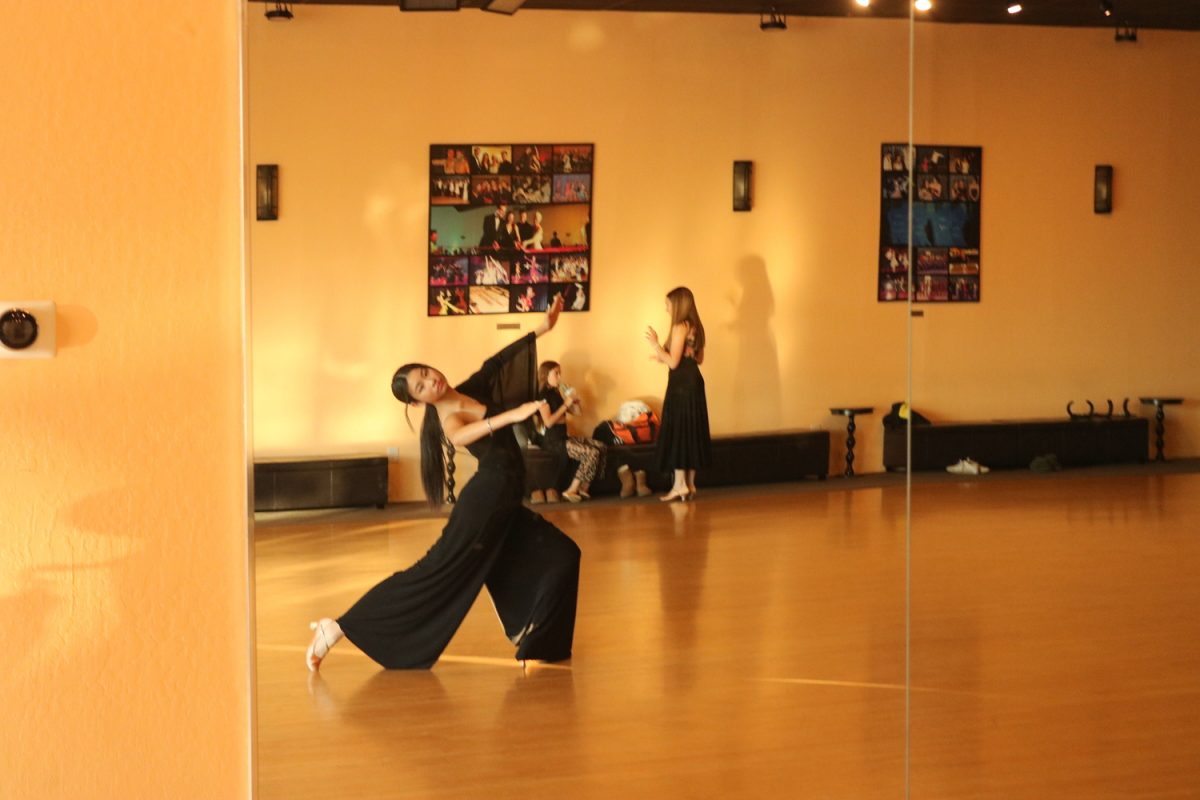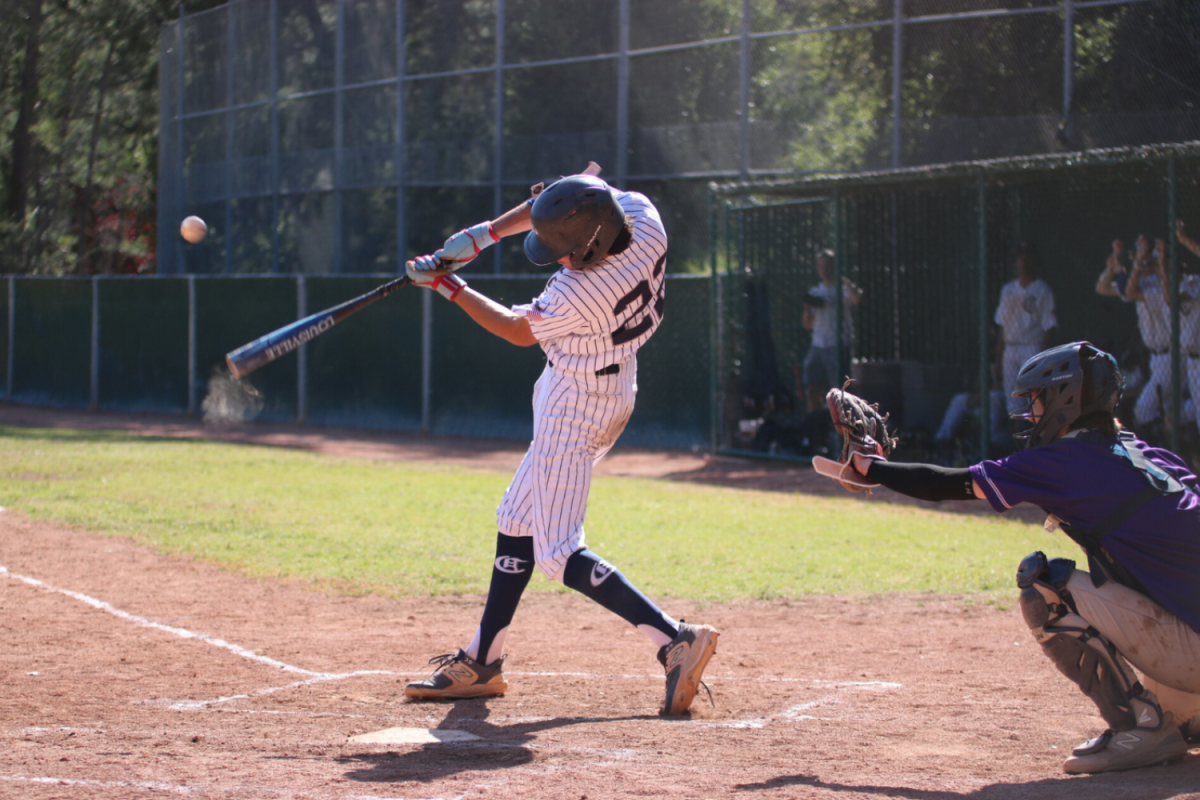In most action sports, upgrading gear is a prominent aspect of each sport. In mountain biking at least, aftermarket parts and brand new upgrades can mean the difference between a comfortable outing or a potential disaster.
In many ways, upgrading your mountain bike is a rebirth, and in some cases, can completely transform your ride and make it that much more enjoyable. However, it’s hard to choose where to spend your money with so many options and upgradeable parts. Luckily, there are four crucial upgrades that are far more important and effective than any others. Hopefully, some clarity to this complicated market will be provided.
Local Terrain
The Bay Area is one of the few unique places on the planet to have a Mediterranean climate. It means that here, in Belmont, we have a dry climate most of the year and then wet winters.
A Mediterranean climate is beautiful, not too hot or cold, and pleasant. However, this does not translate to trail conditions. The Bay Area has some of the country’s toughest trail conditions, especially during the dry season.
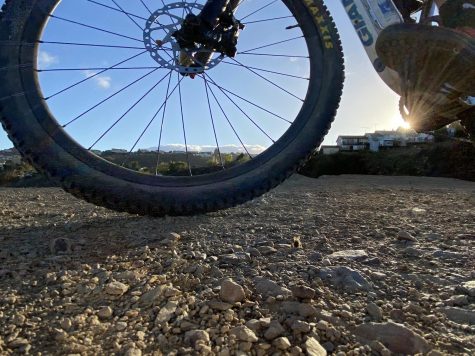
Dry, rocky, and loose dirt all add to the challenge of riding in the area. Couple that with extreme variation in elevation, and the result is truly unforgiving terrain.
Winter is usually the preferred season for mountain bikers in Belmont, as the rainy season brings freshened conditions and softer dirt. However, it is essential to prepare for the entire year, as even the winter can also be rough after heavy rain.
Upgrade your bike with these four components, and you’ll be adequately prepared for seasonal change.
General Overview
Pedals
Arguably the most significant upgrade you can make to your mountain bike is adding new pedals. Pedals are one of your most important contact points on the bicycle, and many maneuvers begin or heavily involve pedals.
“Without good pedals, it’s really hard to have any confidence. Having your feet slip in a crucial moment is terrifying,” said Eric Chuang, a Belmont Bikes employee.
In most scenarios, the best route is to choose a flat pedal with metal pegs. These pegs will better hold your foot in place and keep you from slipping a pedal and smashing your shins. While many bikes come with pedals, they are almost always plastic and of lower quality. Metal pegs are much more durable and provide much more traction, keeping your feet glued to the pedals through almost everything.
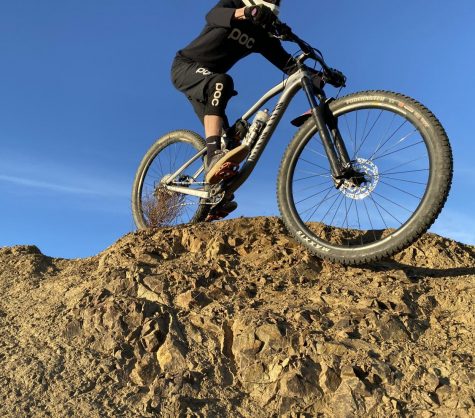
Fortunately, pedals are also the least expensive upgrade on this list, costing as little as $20. However, it is best to do some research before buying a cheaper pedal, as some may not be well made or even safe.
Robust pedals are especially needed for riding here in Belmont, as many natural rock formations can jar a rider off their pedals, resulting in a crash. In addition to that, having better pedals is also beneficial for riding jumps, as it allows the rider to be more in control while in the air. If you are a frequenter of the Carlmont Jumps, this is a worthy investment.
Regardless of how much you spend, a pedal upgrade is close to essential and worth the money.
Tires
While many bikes come with quality tires that are perfectly fine, sometimes the tires they come with aren’t adequate. Many people buy their bikes used thanks to websites such as PinkBike, where hundreds of people sell their old bikes every year. Especially on used bikes, the tires are typically very worn or simply not fit for the riding you plan on doing. In cases like this, a new set of tires can be game-changing.
So, what tire should you be purchasing? Generally, there are four main categories of tires: XC, trail, enduro, and downhill. XC tires will generally be the lightest and provide the least amount of traction. As you move up the categories, the tires will become beefier and offer more traction.
Depending on the type of tire you get, you can greatly improve your traction and control, especially on loose and slippery terrain. For Belmont trails, trail or enduro tires would work the best since these are the perfect mix of light XC tires and grippy downhill tires.
For many people, a fresh set of tires gives improved confidence, as tires with more tread prevent riders from slipping out or otherwise losing control. This is especially helpful during Belmont’s dry season, as the dirt becomes incredibly loose, making it hard for worn tires to gain traction. Additionally, when the rain comes in the winter, fresh tires can help with wet patches and slick rocks, maintaining more grip than worn tires.
When purchasing tires, riders need to buy the right size tire, or else it will not work with the bike. Generally, the diameter of mountain bike tires is 27.5 or 29 inches. Lastly, tires need to be a specific width that matches the width of the bike’s rim.
Handlebars
Another great upgrade comes in the form of handlebars. Handlebars are necessary for control, and many of the controls for other components on your bike, such as gears, brakes, and dropper post, live on the bike’s handlebars.
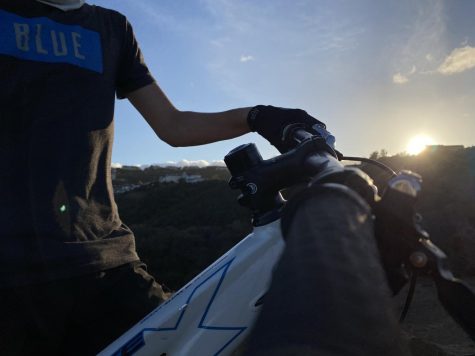
Handlebar upgrades are similar to tires in the sense that most new bikes have great handlebars already on them. However, for those with older or used bikes, a wider set of handlebars can be beneficial with control and comfort.
With wider bars, your control over the bike will be much better, making descending much more natural and comfortable. Also, wider handlebars are especially beneficial while riding in Belmont. The descents here at both the local trail systems and the Carlmont jumps can be rough and unpredictable, especially in the dry months. With wider handlebars, this risk can be limited, keeping bikers confident and safe.
A good general reference for handlebar width is at least 740 millimeters and ideally wider depending on your height and arm length. However, buying new handlebars can be very complicated as there many different factors to consider like rise, bar length, and material.
Much like pedals, you can get a new set of handlebars extremely cheap for as low as $25. However, to ensure safety and longevity, it may be best to spend $40-$100, as many brands produce well-received models in that price range.
Dropper Post
One of the best upgrades you can make to your mountain bike is a dropper seat post, otherwise known as a dropper. Droppers replace your traditional seat post with a highly adjustable seat post capable of moving the saddle up and down with the push of a lever.
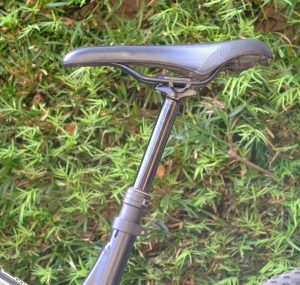
“They allow you to ride all kinds of elevations and terrain comfortably and with confidence at the switch of a button,” said Carl Bussiek, a sophomore and mountain bike rider. “They may seem unnecessary at first glance, but, after riding with one, you’ll never want to go back.”
Belmont is notorious for its constant elevation changes on its trails. One second you could be riding a steep descent and be climbing a massive hill the next. This makes a dropper invaluable, as a lower saddle makes descending much easier and more comfortable, while a higher saddle allows for better climbing.
Most newer bikes these days come with a dropper or can be upgraded with a dropper fairly easily. However, if you are looking to upgrade an older bike, be sure to check if your seat tube is “dropper ready.“
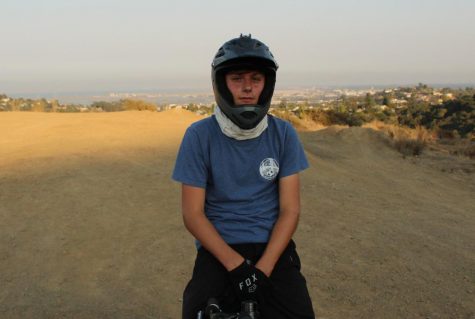
They may seem unnecessary at first glance, but after riding with one you’ll never want to go back.
— Carl Bussiek
While incredibly useful, these devices come with a cost. To obtain a quality dropper, you are almost certainly going to be paying more than $100. While it may seem a steep price for beginners, this upgrade is borderline necessary if you plan to ride in the Belmont area.
All in all, the local Belmont trails can be rough, and mountain biking, in general, is an unforgiving sport. However, with a properly outfitted bike, you will be in a better position to ride every bit of your local trails with renewed confidence. Not only will you feel better, but so will your bike, and when you go out for a ride, you’ll have even more fun than you had before.

